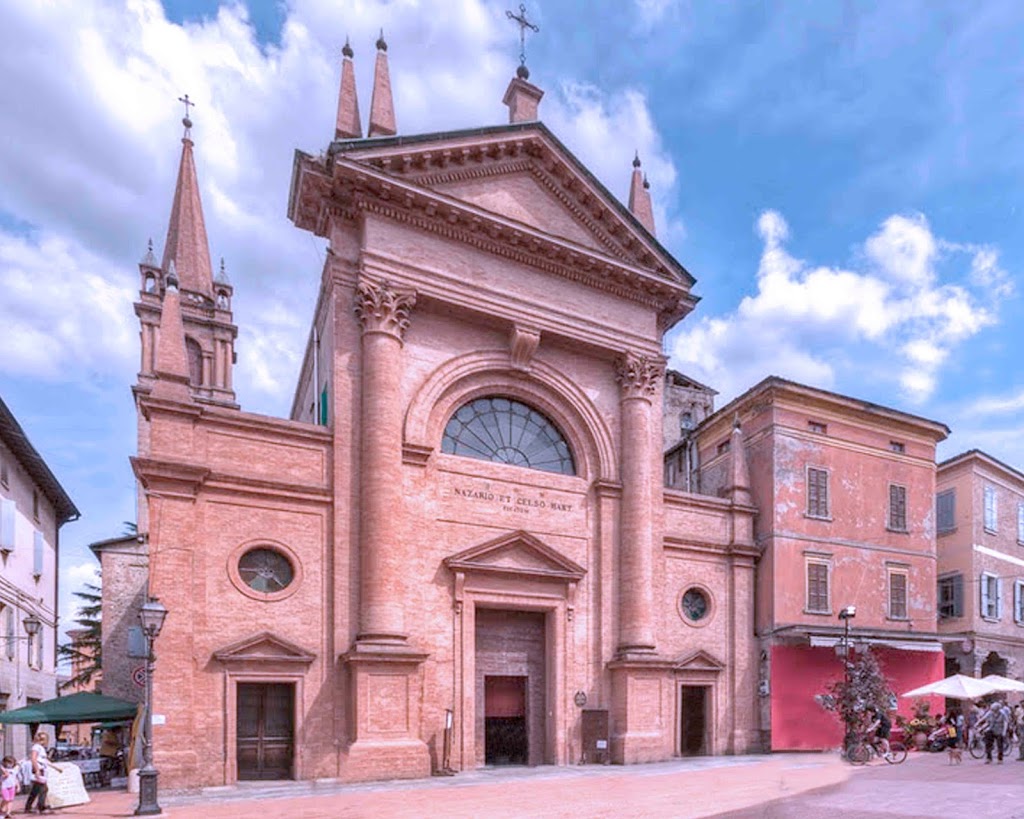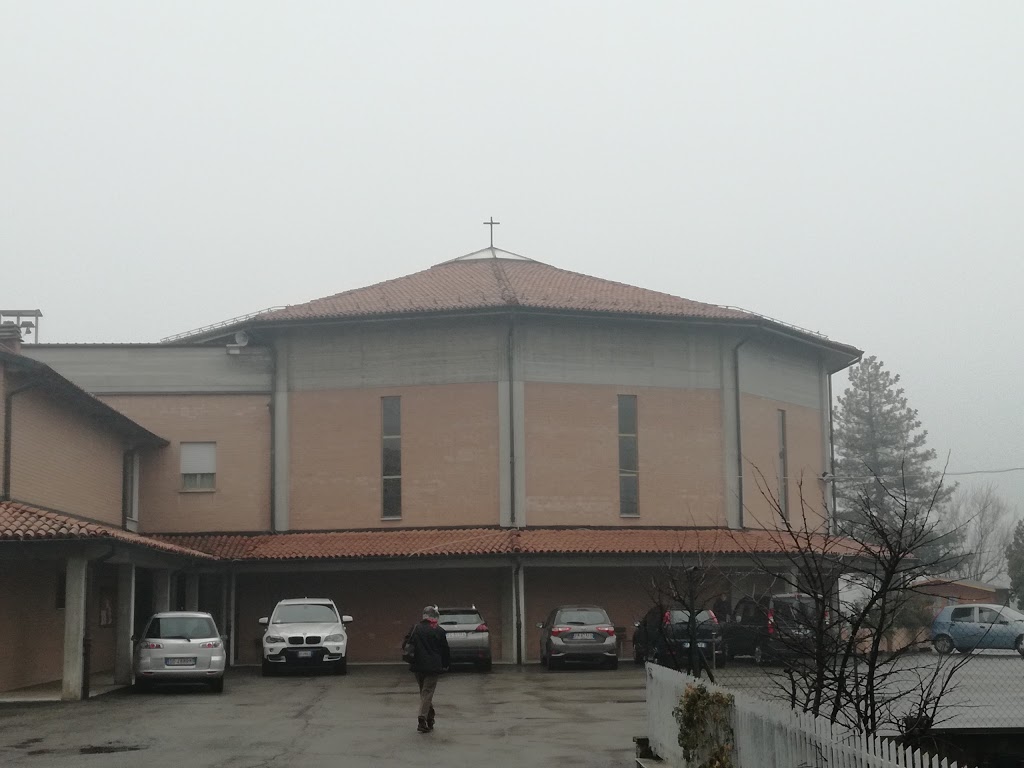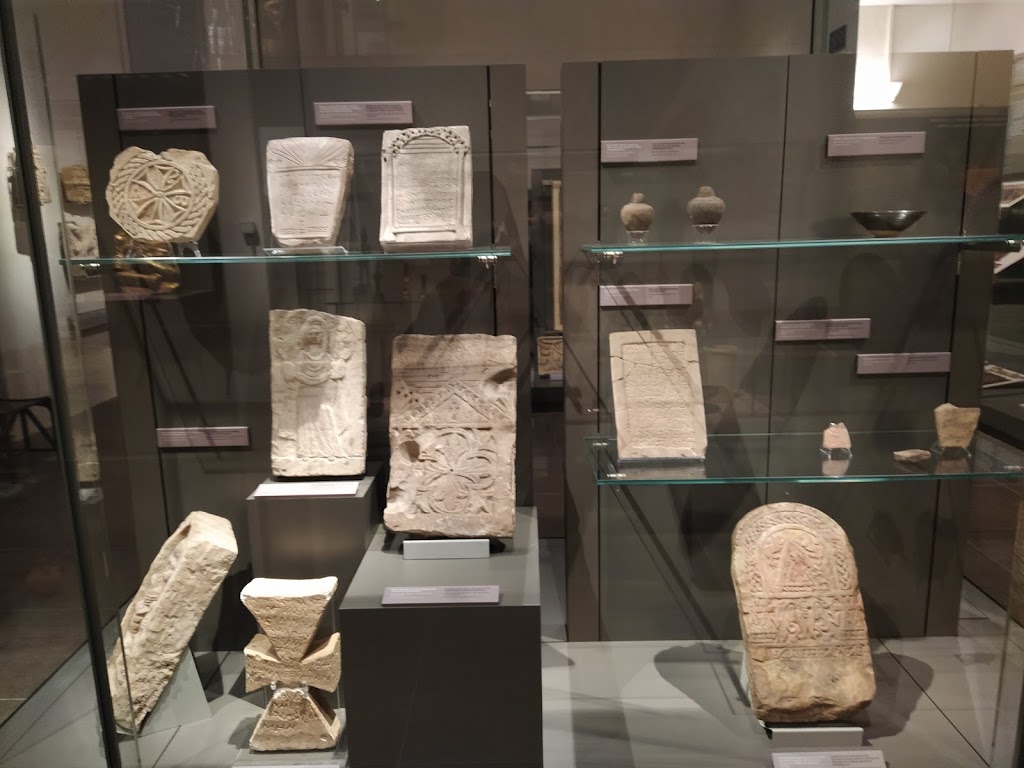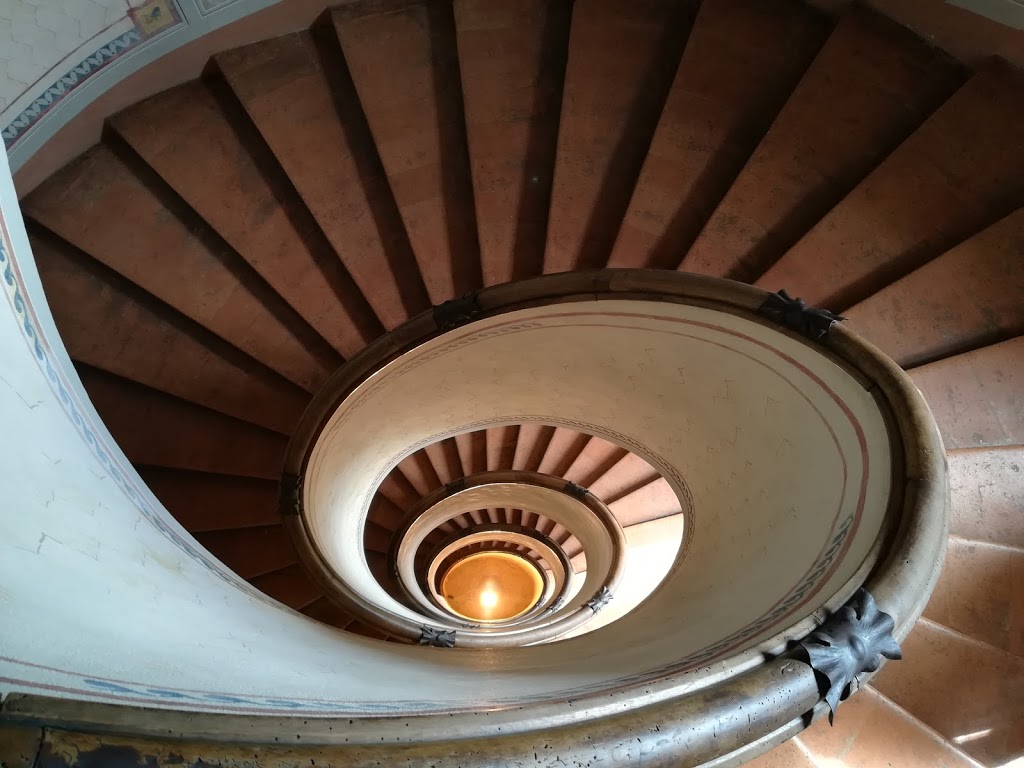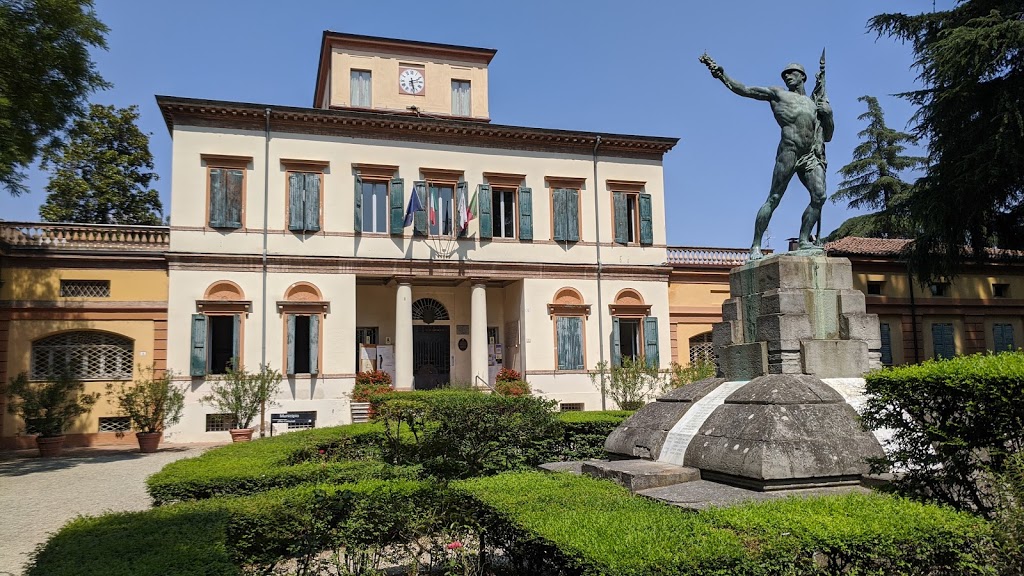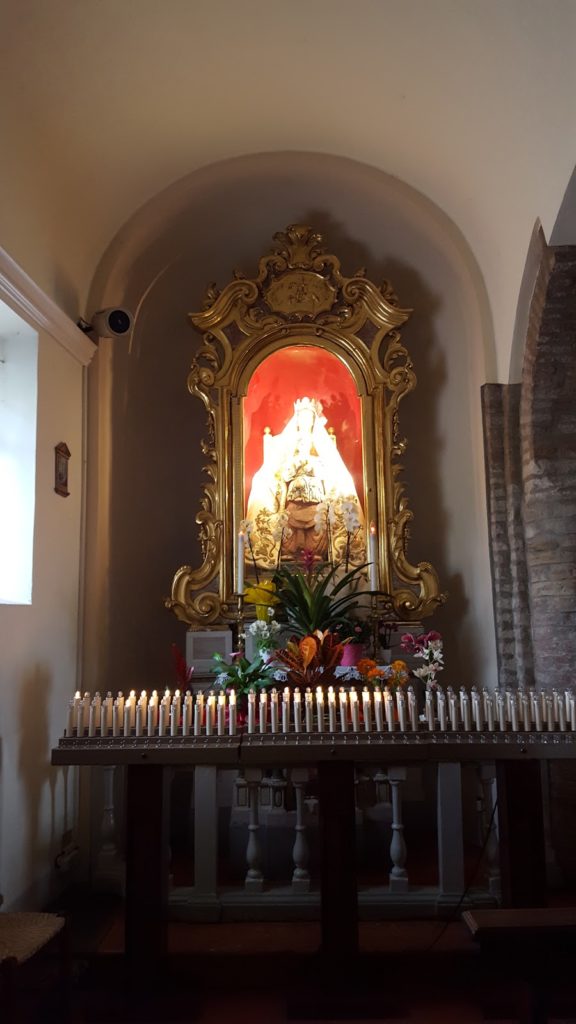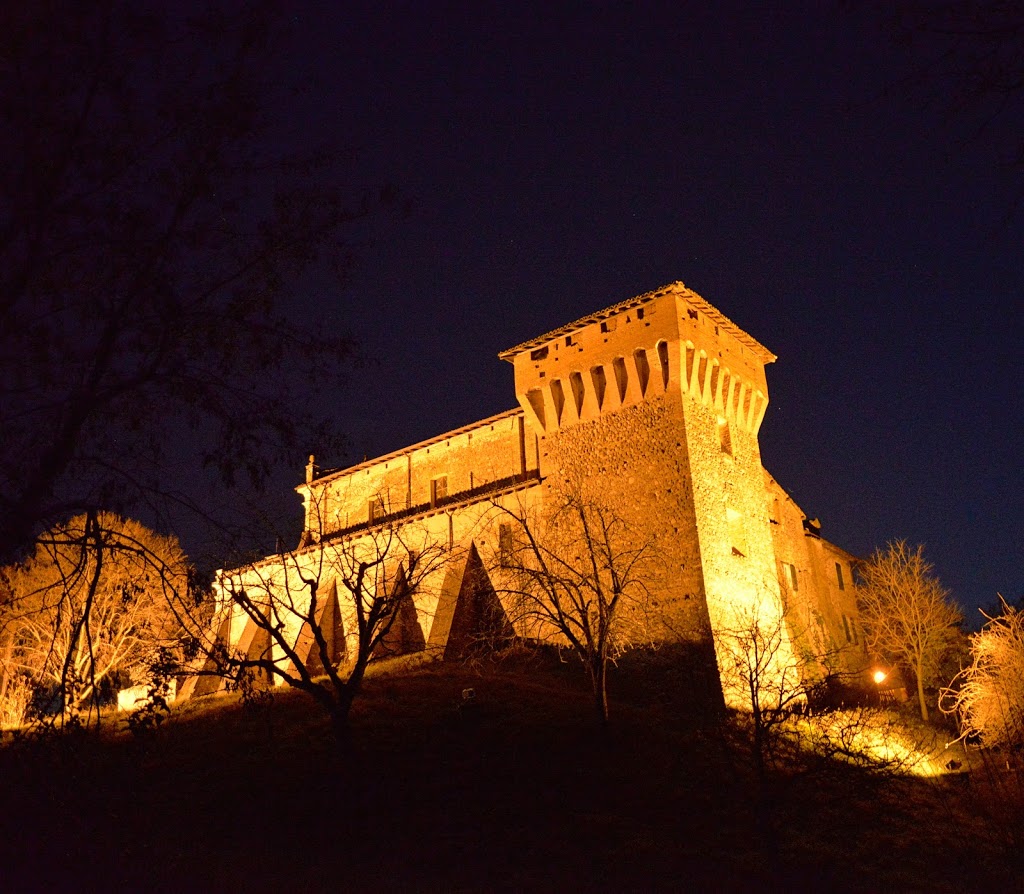A treasure trove of paintings and works of art
Originally the church was located where we now find the entrance loggia to the Rocca, it is mentioned for the first time in a document dated 1185 together with the church of San Martino in Centoripe.
When Uguccione Contrari came into possession of the Vignola fiefdom, the church was demolished to make room for the expansion of the fortress and rebuilt and enlarged within the walls of Castelnuovo, that is the inhabited portion included in the new expansion of the defensive walls.
In 1680 it was decided to rebuild the building due to the bad condition it was in, based on a design by the master mason Zaccaria Pellini. But the decision to keep the front wall of the building was a mistake that created major problems and slowdowns in the reconstruction work. The central body of the church was raised, the presbytery and the choir remained unfinished due to internal dissensions within the parish community. The completion works resumed only from 1792: on the left side the sacristy was built with the presbytery next to it, while the choir was adapted in a rather narrow space behind the main altar.
In 1841 the engineer Cesare Costa, a leading figure in the architectural culture of the Austro-Estense duchy, was charged with the enlargement of the church reduced to a basilica shape; the old choir and the sacristy were then demolished.
The last intervention in chronological order dates back to 1889 when, under the direction of the architect Carlo Barberi, thanks to which the classical style facade with colonnades and Corinthian capitals was completed.
Inside, with three naves, there are remarkable paintings such as the Madonna with Child and saints by the Bolognese Elisabetta Sirani, a follower of Guido Reni; an altarpiece by Francesco Stringa; the Martyrdom of Saints Nazario and Celso in the choir, among the latest exploits of Adeodato Malatesta assisted by his sons Narciso, as well as a Pietà in gilded bronze by Ivo Soli, a sculptor from Vignola of the twentieth century who achieved fame in the Milan area, where he participated with statues in the construction site of the Duomo.
The Campanile
On the left side of the church, along via Fontana, you will find the vertiginous bell tower which originally appeared as a simple pillar accessible through a wooden and stone staircase.
It was thus rebuilt starting from 1834 on a project by the military engineer Ruggero Bidasio. But due to economic reasons, the works were interrupted to be resumed only in 1890 under the supervision of Carlo Barbieri who gave the spire its current appearance resembling that of the facade.
The bells were rebuilt in 1875 by the De Poli factory of Vittorio Veneto and tuned starting from the largest to the smallest, in G, LA, RE, SI.
At the base of the bell tower you can see graffiti engraved by soldiers, housed in the nearby military hospital, during the First World War

